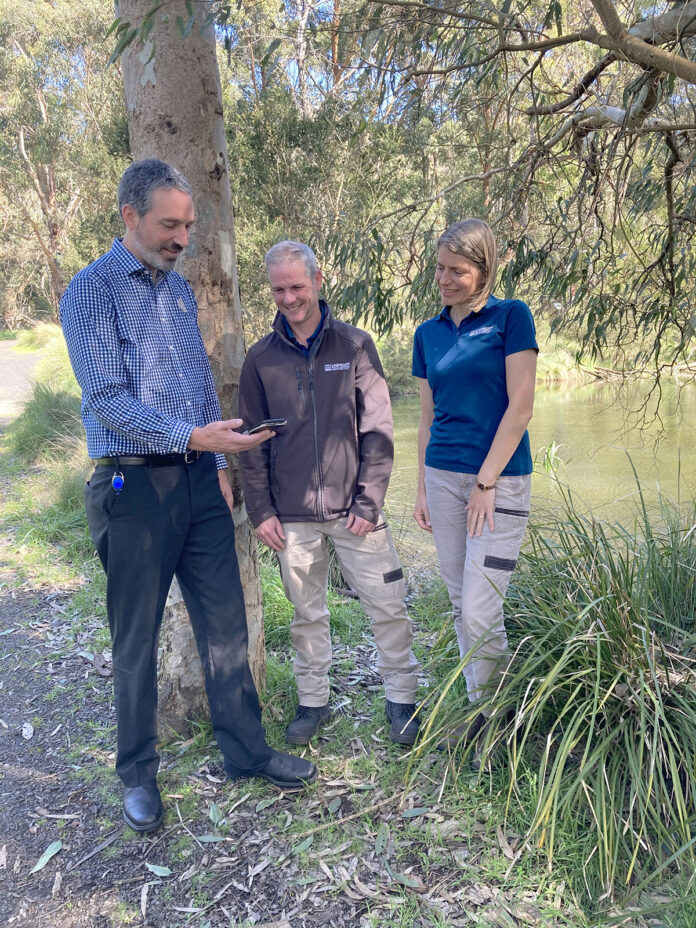Swimming is unlikely to be allowed at the Millicent Lake this summer following a decision taken at the September monthly meeting of Wattle Range Council.
Council decided to tender for a major concrete reconstruction of the Millicent Swimming Lake which will last for up to 50 years.
Chief executive Ben Gower said this decision was taken after consideration of a number of options to address significant leaks in the lake floor.
Mr Gower said the concrete reconstruction option is seen as the most beneficial for the community in the long term.
“This will mean the lake will not be opening next month as per normal and will highly likely result in it being closed for the summer,” Mr Gower said.
“In recent times it was discovered that excessive amounts of water had been used to maintain the levels of Millicent Swimming Lake and on investigation it was determined the 50-year-old lake floor had been compromised and was leaking in multiple locations.
“As the defects identified were significant and the water loss excessive, Council allocated a significant amount of money in the current year’s budget to address the issue.
“Consultancy advice has recommended the most effective solution in correcting the defects would be to remove the existing bitumen seal and then reshape and concrete the entire floor.
“All work that will need to be done during drier weather.
“Other upgrades, including improved disability access will be considered within the works to enable all to enjoy the renewed facility.
“Prior to calling for tenders to undertake this work, Council will need to obtain expert engineering design plans to ensure all structural requirements are met.
“This will include a full detailed design of the floor treatment as well as the underfloor requirements and associated chlorination and filtration infrastructure.
“More precise costs estimates can be established from these designs.
“Although it is unfortunate the 2023/24 swim season will be impacted at the Millicent Swimming Lake, this infrastructure upgrade will transform this important asset ensuring its availability for many decades to come.”
Councillors had considered a seven-page staff report on options for the swimming lake and then spent 30 minutes in debate.
Much of the discussion involved questions being put to engineering services director Peter Halton.
At every opportunity, Mr Halton advocated for a major concrete reconstruction rather than another cheaper bitumen re-seal which would probably only last for 10 years.
He estimated 8000 cubic metres of concrete would be required and the pouring could only be done in the warmer months.
Mr Halton warned the council could incur significant State Government fines if it re-filled the lake knowing that it was leaking.
Councillor Dale Price suggested council could lease a water taking licence but Mr Halton said this option had already been explored but without success.
Cr David Walshaw said the swimming lake situation was an emotional issue and he favoured the concrete reconstruction option.
“We get one crack at this,” Cr Walshaw said.
“There will be short-term pain but we have to do it properly.”
According to Cr John Drew, the option for a major concrete reconstruction was a ‘no-brainer’.
“It has to be done properly and promptly.”
Some councillors suggested options which would have provided swimming this summer but they were discounted by Mr Halton as being impractical.
Cr Dennis Muhovics had posed the possibility of fixing the major leaks near the central diving platform while Deputy Mayor Cr Peter Dunnicliff wondered if the lake could operate only during the school holidays.
Deputy chief executive Paul Duka said council had the financial capacity to fund a major concrete reconstruction.




